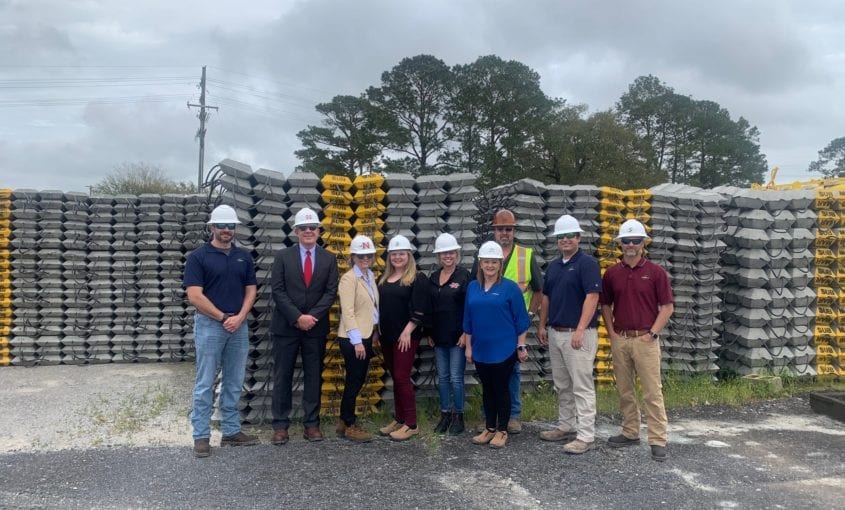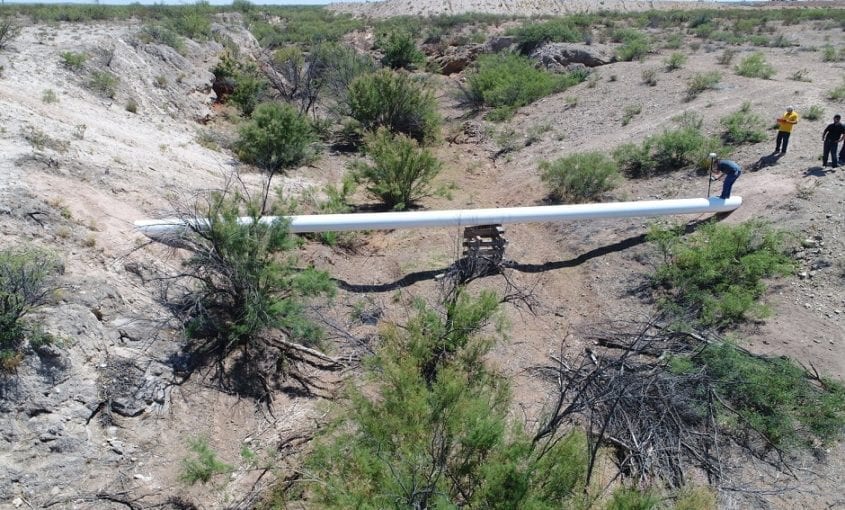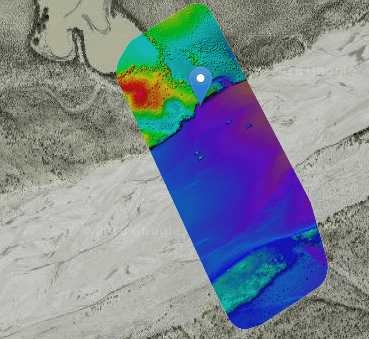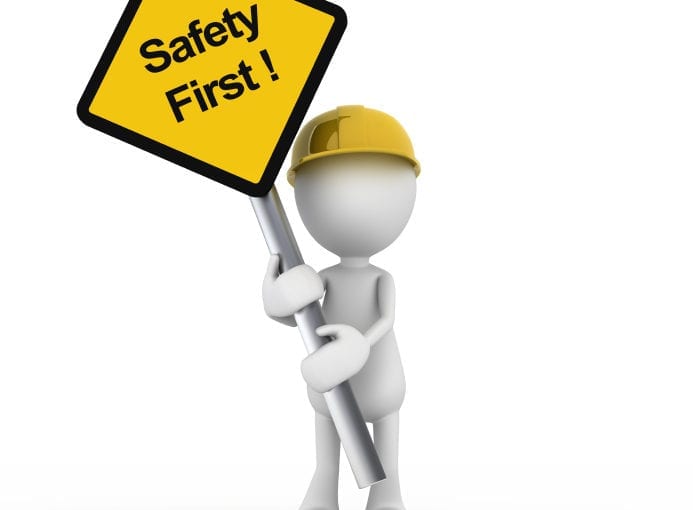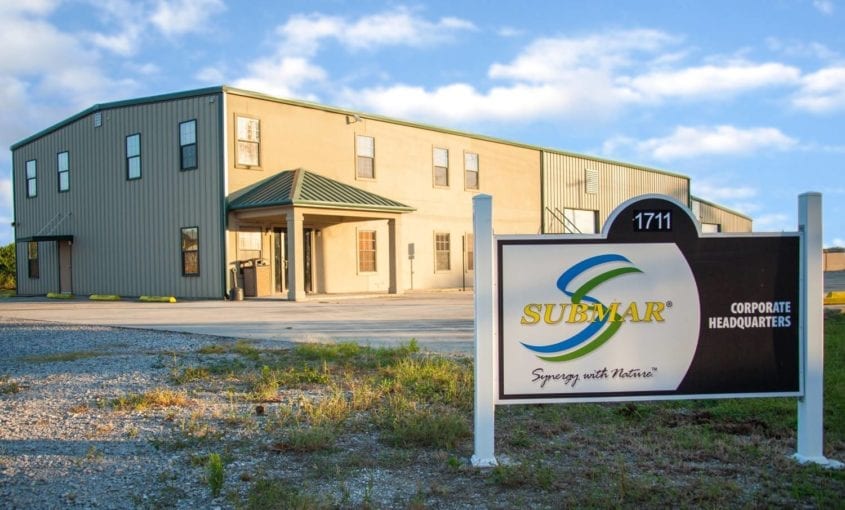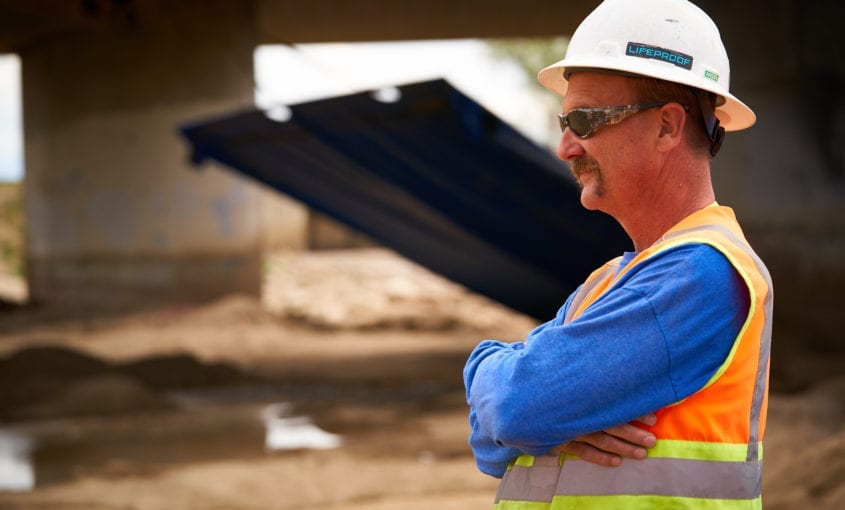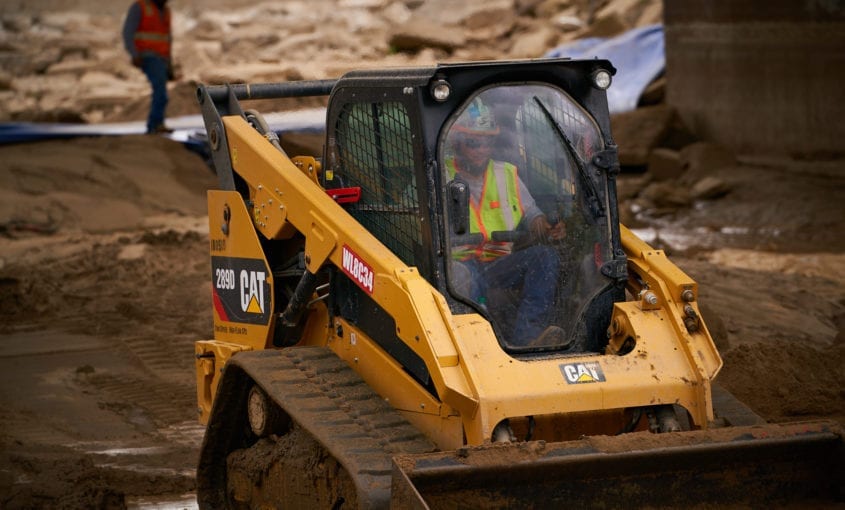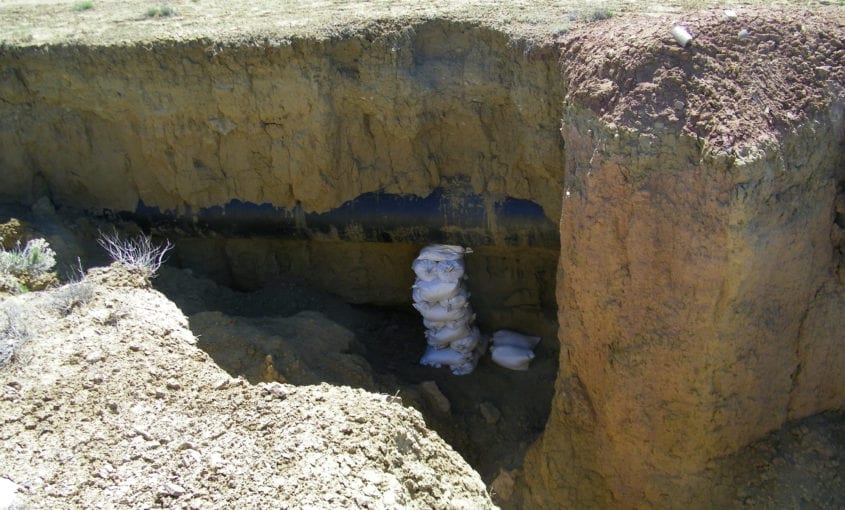Project Memories: Conroe, Texas
Check out this time-lapse video of a lengthy construction project we started in January 2020 and completed in March 2020. Background: Several pipelines cross a river in Conroe, Texas. A sandpit had expanded over time, and heavy flow had degraded the bed of the channel and eroded the banks, exposing and suspending the pipelines.
Read More...

